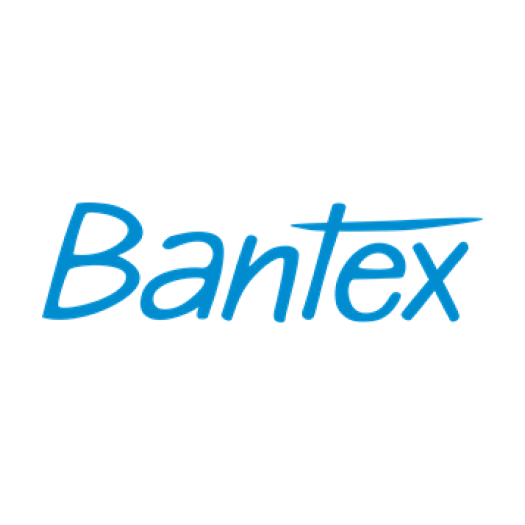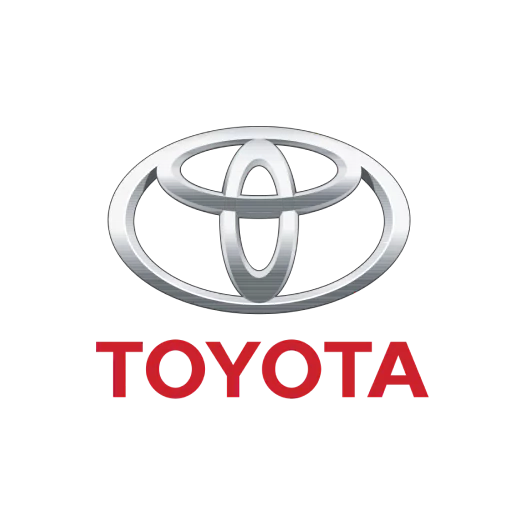Setting up a Chart of Accounts can be tricky, especially when handling complex financial transactions. That’s why business owners in Malaysia exploring accounting software options should first understand what a CoA actually is.
Many overlook the importance of getting the CoA right. However, every decision you make in business is connected to how well your finances are structured.
Strong execution starts with a clear foundation, and that’s where HashMicro Accounting Software can make a difference. Designed to simplify financial management, HashMicro helps businesses create and manage their Chart of Accounts with accuracy, automation, and real-time insights.
You can try our free demo, and keep reading, as this article will guide you through what a Chart of Accounts is and why it is essential for achieving sustainable growth. Let’s get started.
Key Takeaways
|
What is a Chart of Accounts?
A Chart of Accounts (CoA) is a structured list of account codes and names used to organize financial transactions. It helps classify different types of accounts and ensures consistent and accurate bookkeeping. The codes are usually numeric and identify each account category.
In accounting, a CoA is used to prepare financial reports such as the balance sheet and income statement. It is divided into five main types of accounts:
- Assets: records what the business owns
- Liabilities: records what the business owes
- Equity: records owner contributions and withdrawals
- Revenue: records income earned by the business
- Expenses: records money spent by the business
These five categories are standard, but the accounts within each category can be customized based on the needs of the business. A well-designed Chart of Accounts reflects the basic accounting principle of classifying transactions into structured account types.
How Chart of Accounts Works
A Chart of Accounts (CoA) is a tool that helps businesses structure their financial transactions clearly and systematically. When using a CoA system or software, users log in to access a list of categorized accounts. These categories typically include assets, liabilities, equity, revenue, and expenses.
Each account within these categories has a specific code to simplify identification. For instance, asset accounts may begin with 1000, while revenue accounts might start with 4000. When a transaction takes place, such as purchasing supplies or receiving income, it is recorded under the appropriate account in the system.
The accounting system then automatically logs and organizes the transaction, ensuring that financial records remain accurate. This setup helps businesses manage their finances efficiently and simplifies the creation of reports like balance sheets and income statements.
Types of Chart of Accounts
There is no universal format for a chart of accounts. Generally, they follow a common basic structure, but the final layout and format vary based on the type and size of the business.
COA Structure
A chart of accounts is usually arranged to reflect the order of financial statements. This means accounts on the balance sheet appear first, followed by those on the income statement.
The main account categories (assets, liabilities, shareholders’ equity, revenue, and expenses) can be divided into sub-categories such as operating revenues, operating expenses, non-operating revenues, and non-operating losses.
Operating revenue and expense accounts can also be grouped by business function or by different company divisions. For example, a company using distribution accounting software may customize its Chart of Accounts to reflect inventory, logistics, and warehouse-specific cost centers.
And then, for further explanation, let’s imagine a small business chart of accounts might include the following sub-accounts under the main categories:
Assets
- Checking account
- Cash on hand
- Accounts receivable
- Inventory
- Prepaid rent
- Office equipment
- Computers
Liabilities
- Accounts payable
- Accrued expenses
- Credit line payable
- Tax payable
- Customer deposits
Shareholders’ Equity
- Owner’s capital
- Owner’s draw
- Retained profits
Account Identifiers
To help users find specific accounts quickly or understand their purpose, each account typically includes a code, a name, and a short description.
This coding system is essential because each primary account can contain many individual transaction lines.
Many businesses organize their chart of accounts so that expense accounts are grouped by department. This means departments like sales, engineering, and accounting each use the same list of expense accounts.
Benefits of Chart of Accounts
Here are some key benefits of using a Chart of Accounts (CoA) within an accounting system:
- Defines a consistent financial structure: The Chart of Accounts groups all accounts by type, which makes financial data easier to read, track, and manage.
- Prevents entry mistakes: Unique codes for each account reduce the chance of placing transactions in the wrong category.
- Keeps reports accurate and consistent: The system places every transaction in the correct account, which helps maintain the integrity of your financial reports.
- Speeds up financial reporting: With accounts already organized, the system can generate reports like balance sheets and income statements without manual input.
- Reveals operational insights: Managers can review financial results by department, location, or project to identify cost drivers or growth opportunities.
- Simplifies audits and tax reviews: Auditors can trace every transaction back to its source, which reduces review time and supports compliance.
- Scales with the business: Companies can add or restructure accounts without disrupting past records or reporting workflows.
Organize Your Chart of Accounts with HashMicro Accounting Software
HashMicro’s accounting software stands out as a trusted solution for businesses in Malaysia looking to manage their Chart of Accounts (CoA) with greater efficiency. The system simplifies financial tracking through automation, real-time insights, and features that adapt to different organisational structures.
Over 2,000 businesses across Southeast Asia trust HashMicro’s accounting software to manage their Chart of Accounts (CoA). Built for reliability and flexibility, it automates financial tracking, delivers real-time insights, and adapts to any business structure in Malaysia.
HashMicro doesn’t just offer a free demo; it provides a structured and personalized walkthrough tailored to your business needs. This way, you can see exactly how the software handles your CoA before making any decisions.
Leading companies like Bank of China, Motul, and Forbes use HashMicro not just for the demo, but for powerful features that make CoA management faster and smarter:
- Bank reconciliation: Automates the matching of internal records with bank transactions, complete with scheduled payment features based on user preferences.
- Multi-level analytical reports: Provides real-time financial analysis with filters across departments, accounts, or project lines.
- Cash flow visibility: Tracks cash inflows and outflows to maintain liquidity and improve cash planning.
- Budget S Curve: Visualises budget distribution across projects, supporting quicker and more informed decisions.
- Custom printout system: Enables businesses to create and print invoices in formats tailored to their branding and operational needs.
Discover how affordable digital transformation can be. Check HashMicro’s pricing scheme below and find the perfect plan tailored to your business needs.
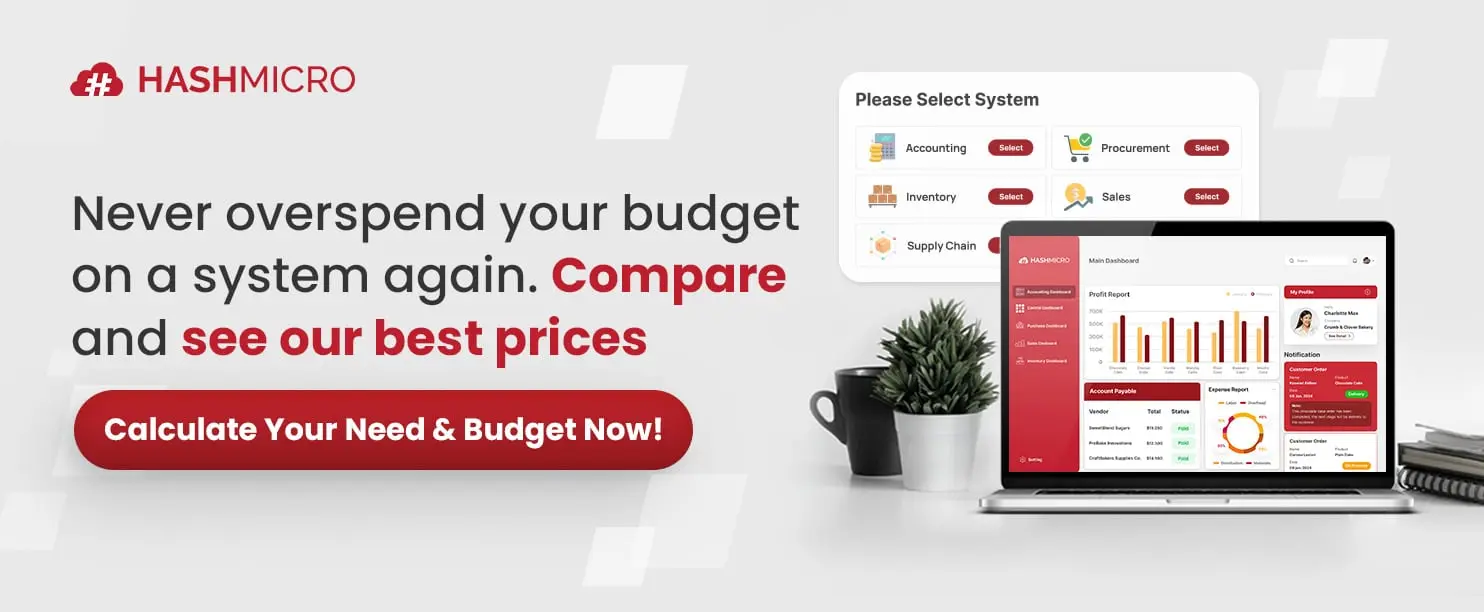
Conclusion
A Chart of Accounts helps organize business transactions into clear categories, keeping your records clean and consistent. It supports accurate reporting, reduces errors, and gives your team better control over financial data.
Not all accounting software handles CoA well. Some lack flexibility, real-time insights, or proper support for business growth. HashMicro solves those gaps with smart features that simplify CoA setup, tracking, and reporting across all levels.
Over 2,000 businesses in Southeast Asia have upgraded to HashMicro for a reason: it’s stable, customizable, and built to scale. Request a free, guided demo and see how the system fits your structure from day one.

FAQ on Chart of Accounts
-
What is the difference between a Chart of Accounts and a general ledger?
A Chart of Accounts is a master list of account names and codes, while the general ledger records the actual transaction entries under those accounts
-
How do you set up a Chart of Accounts?
Start by assigning account names, add unique identification codes, and organize accounts into the standard five categories, then customize sub‑accounts as needed for your business
-
Can your Chart of Accounts include more than the five main categories?
Yes. Some businesses add separate categories for gains, losses, or project-specific segments to better track financial activities beyond the standard categories.
-
Should you delete unused accounts from your Chart of Accounts?
Best practice suggests keeping all accounts, even unused ones, for historical accuracy, and only deleting obsolete accounts at year-end to preserve data integrity.







